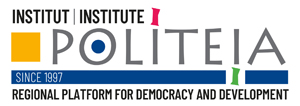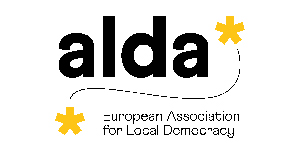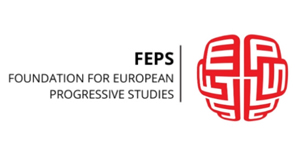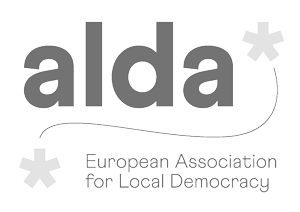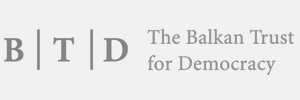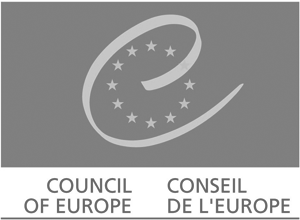HOW TO ENSURE EQUAL PARTICIPATION OF WOMEN IN THE LABOUR MARKET
In 2020, a range of activities were organised within the project entitled Improving Gender Equality in Serbia, implemented by the Ana and Vlade Divac Foundation and the Center for Democracy Foundation, under the auspices of the Balkan Fund for Democracy and the Embassy of the Kingdom of Norway.
Research was conducted on the inclusion of gender perspectives in local employment policies. All activities were organised in ten towns/municipalities in Serbia, as follows: Zlatibor District (Užice, Požega and Arilje), South Bačka District (Bečej, Bačka Palanka and Sremski Karlovci) and in the Pčinja District (Vranje, Vladičin Han and Surdulica). Consultative meetings were organised in 9 local self-governments with representatives of local self-government, from various sectors and departments: development policies, local economic development, the national employment service, members of the Council for Gender Equality. Three training sessions were also held in each district for councillors, council members, commissioners as well as civil society organisations. This project’s objective is to empower local actors who, by introducing gender perspectives, can impact the improvement of the position of women in the local labour market and the connection between active employment measures and local economic development. Furthermore, the activities organised through this one-year project aim to create networks and platforms for the exchange of ideas, projects and activities between the representatives of the local self-governments and civil society organisations in the previously mentioned municipalities and towns.
The National Gender Equality Framework, in terms of the work of local self-government, is included in the Law on Gender Equality and the National Strategy for Gender Equality for the Period 2016 - 2020.
The Law on Gender Equality defines the principles of responsible and obligatory adherence to gender equality standards set in the national legislative, strategic and political framework. In particular, it envisages the responsibility of setting equal opportunity policies within local communities.
The National Gender Equality Strategy sets an overall objective of systemically introducing gender perspectives in the rendering, implementation and monitoring of public policies.

Why is the analysis of Local Employment Action Plans (LAPZs) important?
Local self-governments are recognised in the National Gender Equality Strategy as crucial actors in implementing the overall objective of systemically introducing gender perspectives in the rendering, implementation and monitoring of public policies. Gender equality should be part of the planning, formulation and application of laws, policies and measures so that the needs, priorities and specific positions of both women and men are included in public policy, and so that their effects on all phases are taken into consideration (planning phase, drafting, application, supervision and evaluation) with equal participation of women and men in these processes.
Local employment policies should respond to the issues faced by local labour markets, they should include gender perspectives in all phases of planning: situation analysis, identification of current and future needs within local labour markets, as well as setting employment policy objectives. Including gender perspectives both at the national and at the local level is exceptionally important to improving the economic position of women, and therefore to establishing gender equality.
Units of local self-government are obliged to monitor the establishment of gender-based equality in all areas of social life, the application of international standards and constitutionally guaranteed rights in this area, as well as to develop an active policy of equal opportunities in all areas of social life.
Local employment policies should:
- respond to the issues faced by the local labour market
- provide situation analysis - identify current and future occupational needs
- define employment policy objectives
- envisage the conditions required to create new jobs
- plan the development of new sectors within the local economy, identify the needs and gaps of local economies
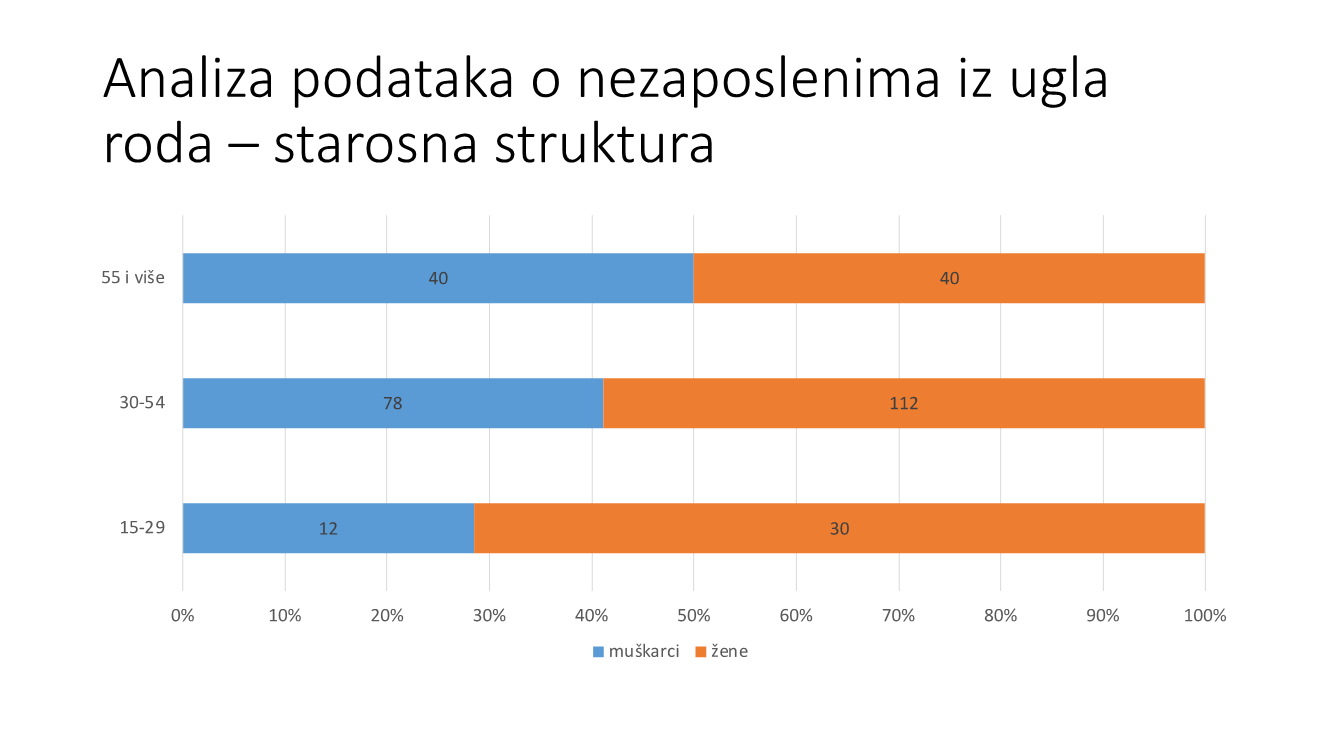
We get answers when we ask the following questions:
- What is the situation at the local level in terms of awareness of gender differences and are these differences included in formulating employment policy measures?
- What are the needs of women and what kinds of issues do they face within their communities?
- To what extent are the needs of particularly vulnerable groups of women recognised in the local community?
The objective of LAPZ analysis is to establish:
- the presence of gender perspectives in action plans
- have gender statistics been applied and to what extent in analysing the situation on the local labour market (data collection and inequality analysis)?
- to what extent do local employment policies take into account the difference in the position of women and men, i.e. do these policies include gender sensitive objectives and actions?
- what is the impact of recommended interventions on the position of women and men in the labour market?
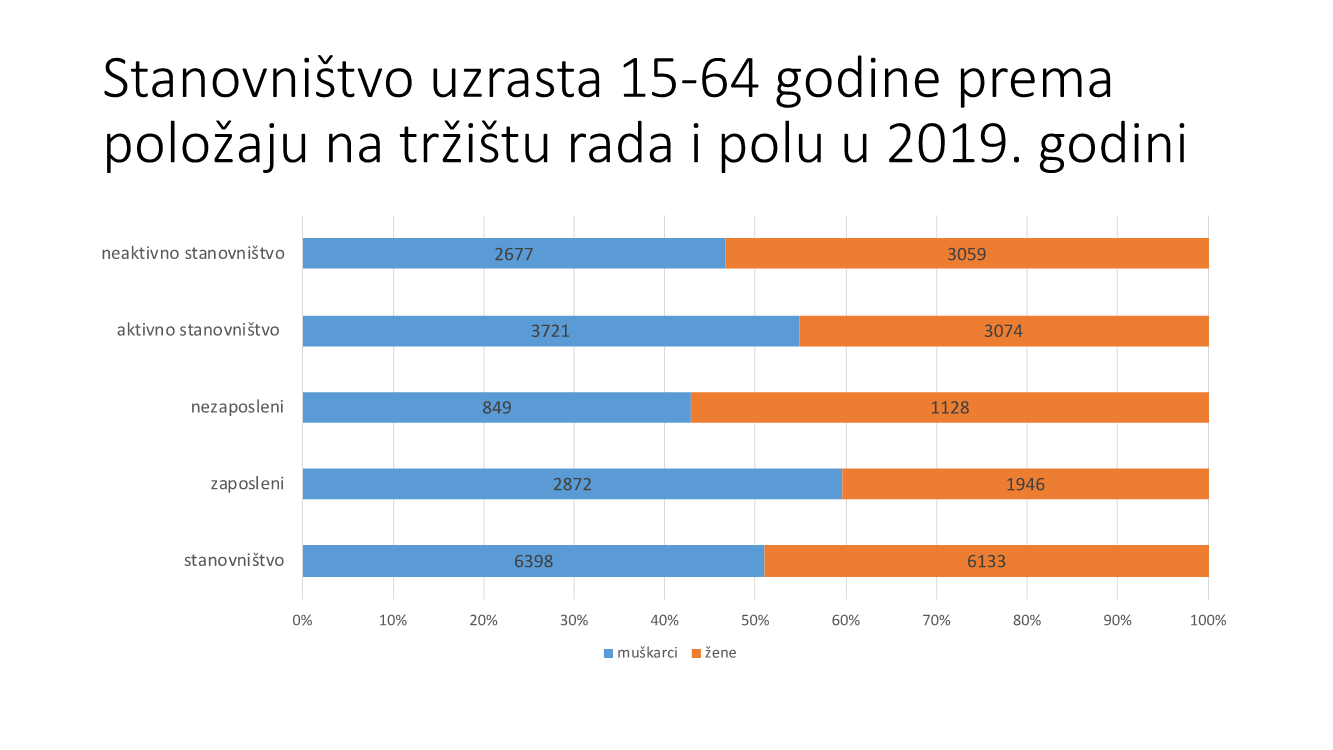
To ensure that gender equality becomes part of the planning, formulation and application of local employment policies, and for local self-governments to become actors in implementing gender perspectives in rendering, implementation and monitoring of local policies the following should be achieved in the coming period:
- Improve the planning process as a precondition for introducing gender perspectives in local employment policies by training those actors who participate in the development of LAPZs;
- Secure data pertaining to those who are gender segregated and based on these, define gender sensitive indicators such as the employment rates of men and women (according to education, activity and occupation), unemployment rates of men and women (according to education, unemployment duration, age groups, disability), the rate of inactivity of women and men, average salaries of women and men, the basis on which the existence of a pay gap may be determined;
- Identifying what data is needed to assess gender equality at the local level in the area of employment which is lacking, in what manner such data may be obtained and/or how their lacking may be overcome;
- Define priorities for eliminating gender inequalities on the basis of identified problems and challenges. Priorities should be operationalised through gender sensitive goals and actions and monitored and measured via expected results and indicators.
- During the planning process, it is vital to assess the impact of recommended interventions on the position of women and men in the labour market. It is necessary to conduct an assessment of the effects of previously realised measures in relation to the quality of employment (job security and earnings);
- In the process of developing LAPZs, it is necessary to include representatives of local gender equality mechanisms, which have the competence required to implement local employment policies, which would also be useful in the realisation of LAPRR goals related to the economic empowerment of women.
Information concerning project activities are available here:
www.centaronline.org/sr/projekat/1778/unapredjenje-rodne-ravnopravnosti-u-srbiji
and
The analysis compiled by Sarita Bradaš and report written by Ivan Sekulović is available for downloading here:
Watch a video recording of the Webinar here:
www.centaronline.org/sr/video/12215/unapredjenje-rodne-ravnopravnosti-u-srbiji
Watch the animated video on Gender Responsive Budgeting (ROB) created by Serbia’s UN Women’s team here:
www.youtube.com/watch?v=msidcHGpDeE
Are the measures against discrimination against women in the areas of labour and employment a priority for us?
For the needs of the Improving Gender Equality in Serbia project, a report was compiled which serves to collect, present and interpret relevant data on the content and application of strategic documents of the Republic of Serbia in the EU accession process in terms of measures against discrimination against women in the areas of labour and employment, as well as to contribute to the process of the further harmonisation of domestic legislation and public policies with the law and strategic framework of the EU.
The report has determined the following: that the progress made thus far by the Republic of Serbia in relevant aspects of key negotiating chapters for combating discrimination against women in the areas of labour and employment is extremely limited; that not only are public policies inadequate to respond to the requirements arising from international and EU standards, but also that the relevant strategic framework is incomplete, out of date and difficult to apply; that, for the most part, relevant strategic documents do not include a developed gender aspect, nor adequate measures through which to combat discrimination against women in the area of labour and employment; that the process of reporting on the application of the strategic framework relevant to combatting discrimination against women in the area of labour and employment is unreliable and of poor quality and underdeveloped in accordance with the legal provisions on reporting on the application of public policies; that the strategic framework relevant to combating discrimination against women in the areas of labour and employment is not implemented in an effective and efficient manner.
The report recommends the following:
- to urgently start fulfilling the obligations set in the action plans for negotiating chapters 23 and 19;
- to adopt new public policy documents relevant to combating discrimination against women in the areas of work and employment;
- to provide professional and technical assistance to relevant proposers in order to develop the gender aspect of public policy documents and adequate measures to combat discrimination against women in the areas of labour and employment;
- without delay, for competent proposers to prepare reports on the implementation of public policy documents and submit said reports to the Government for adoption, as well as to make them available to the public through websites and other informative channels;
- to urgently assess the effectiveness and efficiency of current public policy measures to combat discrimination against women in the areas of labour and employment and to develop a comprehensive programme through which to manage the consequences of the economic and social crisis caused by the COVID-19 epidemic, focusing on those categories of women in the labour market who are most vulnerable.

PUBLICATIONS
 Manual for Strengthening the Capacities of Local Self-Government Units for the Employability of Waste Pickers
Manual for Strengthening the Capacities of Local Self-Government Units for the Employability of Waste Pickers
 NCEU Book of Recommendations 2025
NCEU Book of Recommendations 2025
 Manual “The Path to Employment: Get to Know Your Rights and Opportunities”
Manual “The Path to Employment: Get to Know Your Rights and Opportunities”
 Challenges for Organising and Collective Bargaining in Care, Administration and Waste collection sectors in Central Eastern European Countries
Challenges for Organising and Collective Bargaining in Care, Administration and Waste collection sectors in Central Eastern European Countries
 Public Policy Proposals – Collective Bargaining (CEECAW)
Public Policy Proposals – Collective Bargaining (CEECAW)
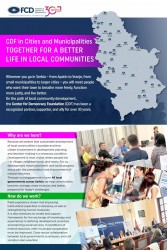 CDF in Cities and Municipalities: Together for a Better Life in Local Communities
CDF in Cities and Municipalities: Together for a Better Life in Local Communities
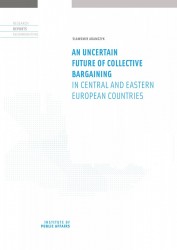 Comparative reports on collective bargaining - CEECAW
Comparative reports on collective bargaining - CEECAW
 POLITEIA – Regional School for Youth Participation 2025 (leaflet)
POLITEIA – Regional School for Youth Participation 2025 (leaflet)
 Report on the State of Labour Rights in the Republic of Serbia in 2024
Report on the State of Labour Rights in the Republic of Serbia in 2024
 Unlocking Collective Bargaining Power in Three Sectors: A Call to Action
Unlocking Collective Bargaining Power in Three Sectors: A Call to Action
 Main Issues of Labor Legislation in Serbia
Main Issues of Labor Legislation in Serbia
 New Monitoring Report by the “SDGs for All” Platform: Is the End Goal in Sight?
New Monitoring Report by the “SDGs for All” Platform: Is the End Goal in Sight?
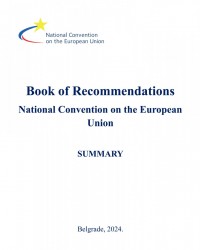 NCEU Book of Recommendations 2024 (Summary)
NCEU Book of Recommendations 2024 (Summary)
 National reports on collective bargaining in Serbia - CEECAW
National reports on collective bargaining in Serbia - CEECAW
 The Comparative Analysis of Youth Policies in the Western Balkans (WB)
The Comparative Analysis of Youth Policies in the Western Balkans (WB)
 Unlocking Collective Bargaining Power in Three Sectors: A Call to Action
Unlocking Collective Bargaining Power in Three Sectors: A Call to Action
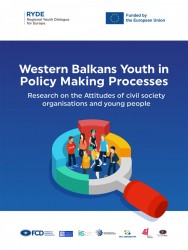 Western Balkans Youth in Policy Making Processes
Western Balkans Youth in Policy Making Processes
 SDGs for All Platform newsletter (December 2023)
SDGs for All Platform newsletter (December 2023)



